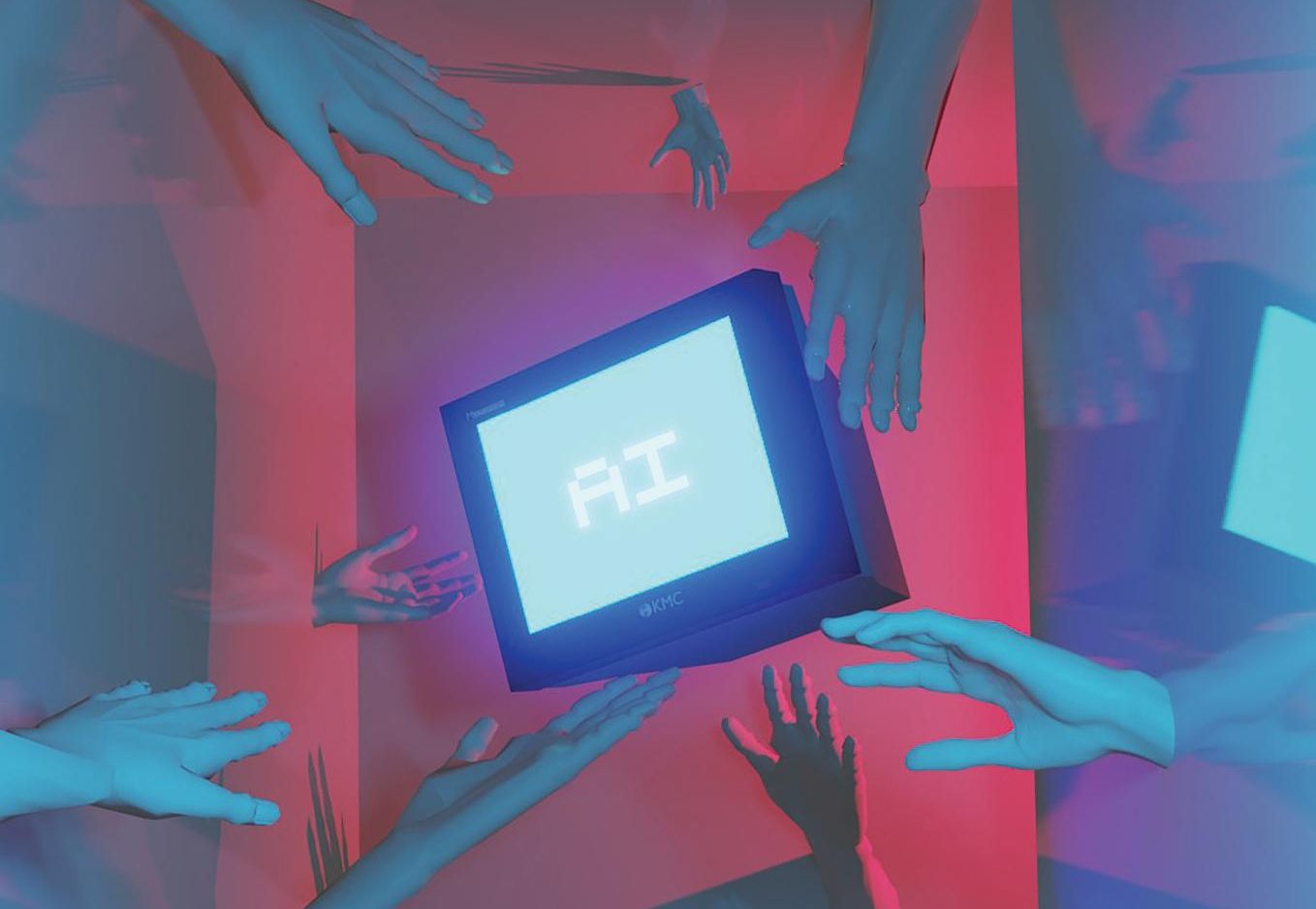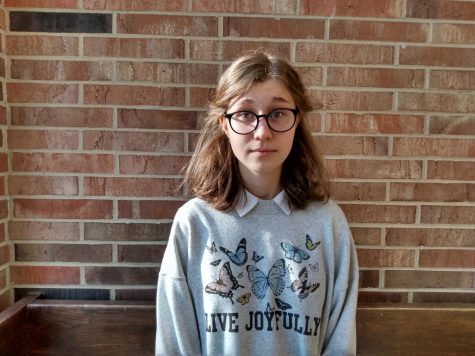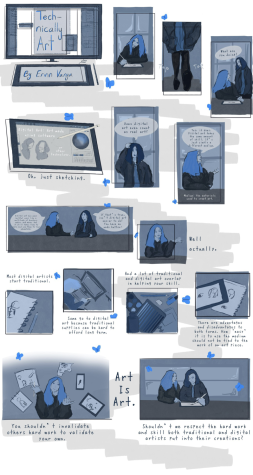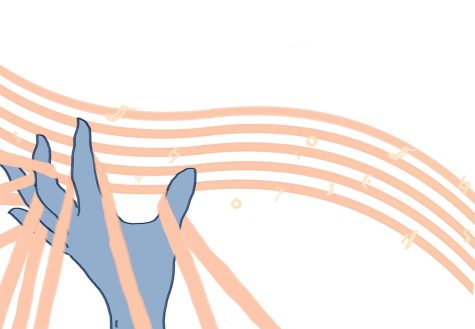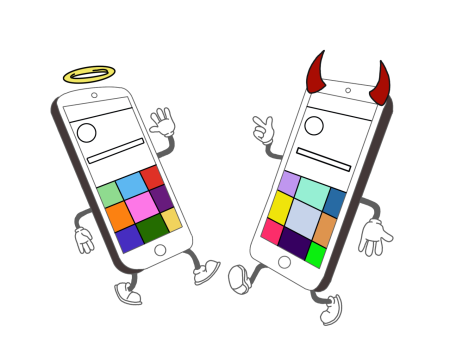Your donation will support the student journalists of West High School. Your contribution will allow us to purchase Scholarship Yearbooks, newsroom equipment and cover our annual website hosting costs.
Art-ificial art
Artificial intelligence art must face legal and ethical repercussions when AI companies copyright artists’ works.
March 2, 2023
I first learned of plagiarism sitting in a computer lab row with a bulky, black computer in front of me in elementary school. Ask any student — they have heard “Plagiarism is bad and comes with serious consequences” and similar black-and-white phrases. However, when that line blurs, outrage ensues. And although gray is my favorite medium to work with in art, the gray area of artificial intelligence art is too smudged for my taste.
AI art is created through computer programs that analyze a database of billions of images to reproduce an art piece based on a text-box prompt. To form this program, databases of artists’ work are uploaded to teach the AI what artwork looks like, training it to generate new art similar to these images. This process results in many valid questions: Can AI legally and ethically use others’ work? Can the AI user copyright the work? Does the work belong to the AI?
Legally, AI works cannot be copyrighted. Under current copyright laws, only original works of authorship can be copyrighted. Many court cases, such as Naruto v. Slater and, recently, a copyright appeal from the CEO of AI company Creativity Machine, Dr. Stephen Thaler, have confirmed that human authors must create the work for copyright to apply. Since a computer cannot copyright an image, the question of fair use is controversial.
A piece of art based on copyrighted work without the owner’s consent is fair use if it sufficiently transforms the original idea or message. AI art can potentially alter the minimal requirements to determine fair use by using a collection of private and public images to create its art. Since the computer is doing the task, courts may deem the piece as not creative enough to be considered transformative.
Several lawsuits are being filed against AI art due to copyright infringement, but the outcomes of these have yet to be released. Stock image powerhouse Getty Images is suing the company Stability AI for using Getty’s copyrighted image database. Similarly, notable artists Sarah Andersen, Kelly McKernan and Karla Ortiz are working together to take AI art companies to court. The future of AI art could very well be determined in these high-stakes cases.
1/ As I learned more about how the deeply exploitative AI media models practices I realized there was no legal precedent to set this right. Let’s change that.
Read more about our class action lawsuit, including how to contact the firm here: https://t.co/yvX4YZMfrG
— Karla Ortiz ? (@kortizart) January 15, 2023
This raises the question: Is AI art theft? Art theft, or the stealing of artwork and publishing it as your own, parallels the creation of AI art. AI art users have made money selling their works, reaffirming the certainty of art theft. Artists worry about the value and market for their own works, and rightfully so. Competing in the market with pieces that take less time and no skill is not an easy battle. Skills artists build over time are entirely overwritten with this technology.
Art, in itself, is a form of love. Artists love their creations to the point that they spend hours upon hours perfecting their pieces. The amount of time and effort put into their work is truly what makes it special. The value of creativity and the benefits that follow are lost in the programming for AI art. Human art is an expression of skill and emotion that AI is incapable of capturing.
Human art is an expression of skill and emotion that AI is incapable of capturing.
— Erinn Varga '24
Creativity allows for the unique expression of self and culture. Art has long been a staple of cultures around the world with techniques traced back through generations of people. Cultivating a unique style and craft breaks the boundaries of originality that were previously known. In our world, where everyone is expected to buy, follow and produce the same things, art continues to break the norm of homogeneity. However, AI art that involves almost zero originality and creativity will never be able to recreate a sixth grader’s sketchbook, a handmade technique or the physical originality of pottery or knitting.
AI art users argue the same few points when it comes to defending the use of the program. Many mention that AI allows those with no talent to create art. In reality, art doesn’t rely on talent. Most artists start with long, stick bodies and voluminous eyes. What makes them “talented” is hard work. Artists are constantly improving their style and methods. Whether learning anatomy, drawing in the corner of their notebooks or mixing and mashing random colors, they grow their skills. By saying you have no talent, you are using it as an excuse to not try. You must practice and work to improve at art, just like any other skill.
Accessibility of art creation is another argument frequently brought up. Users argue that AI art makes art accessible to everyone, regardless of background or time. While this is true, as many artists spend a lot of money to access high-quality supplies, there is an abundance of free resources across the world. Programs, such as Medibang, Krita and ibis Paint, are free to use across multiple platforms. If you don’t have access to technology in the first place, a pencil and paper are where many artists start their journey. If you never try to persist in your efforts, you will never grow creativity within yourself.
AI art itself isn’t “bad art.” There is no such thing. The process behind AI art is what makes artists riot against the technology. As this technology advances, new boundaries and expectations will be set for the art community. The most essential boundary artists will need to establish is the line between inspiration and stealing. If you want to get involved with the online art community you can support real artists through commissions and engage with their posts. As an artist, I will continue to argue against the use of AI art programs. While I utilize both traditional and digital art, I will never touch the artificial program that is AI art.

